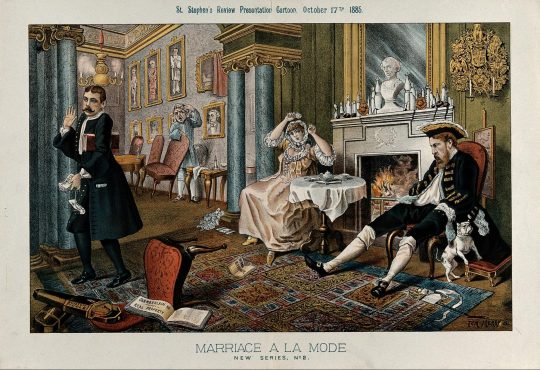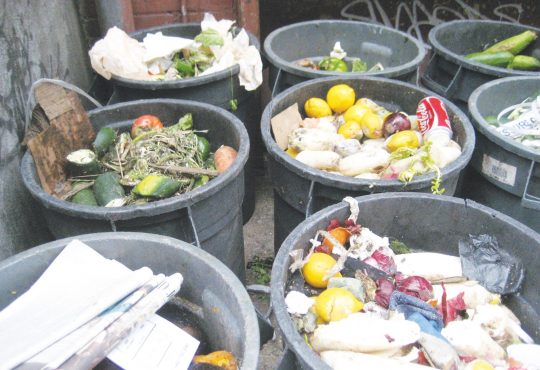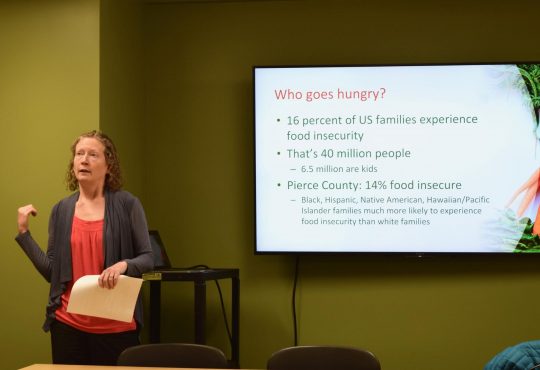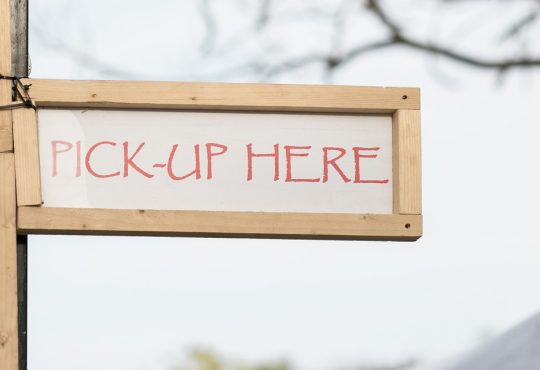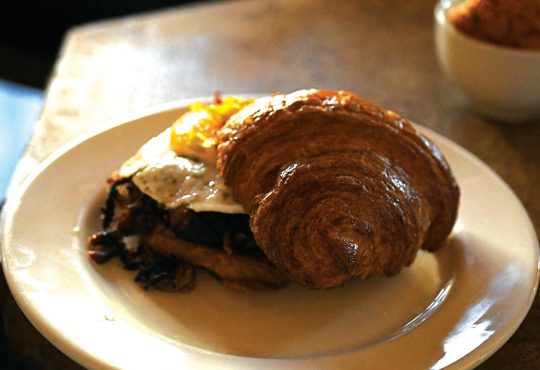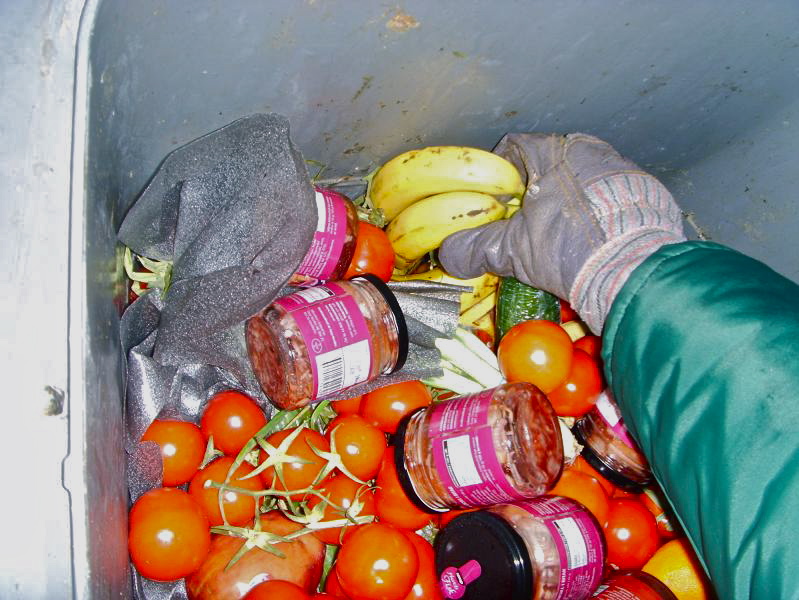
As a gluten-free vegan, I consider myself relatively knowledgeable of dietary choices and restrictions. That being said, over winter break, I was sitting at a vegan café in my hometown talking with my father about the Food Network. My father is far from a vegan, but as a general food enthusiast, he keeps himself informed on all sorts of diets. As we waited for our drink orders, he asked me if I had ever heard of “freeganism.”
I thought this was a joke. I waited for a punch line. But he was asking a serious question. He had just seen a Food Network special entitled The Big Waste that featured world-class chefs Bobby Flay, Michael Symon, Anne Burrell and Alex Guarnaschelli cooking a gourmet banquet—the catch being that the ingredients were trash.
As they planned the dinner, Flay came across a man in Chelsea, N.Y.—a “freegan”—who lived off of other people’s trash, putting an entirely new spin on the phrase “one man’s trash is another man’s treasure.” Get it? Their food is free…because it’s trash…so they’re “freegans.” At this point in the conversation, I was completely disgusted, picturing a life of half-eaten, decayed, covered in God-only-knows-what-kind of diseased food. But then Dad told me that the freegan led Flay to a farmer’s market, where black trash bags of fresh tomatoes were sitting out for the trash.
I couldn’t imagine why bags and bags of fresh food were being thrown out for no apparent reason —so I did some research. Turns out, it’s because Americans are prima donnas in the food department. People see natural blemishes on fruits and vegetables and assume there must be something wrong with them and thus, refuse to buy the food.
In effect, freeganism is fairly well summed up by the Organic Consumers Online as “eating other folk’s leftovers …[and] protesting a culture that discards tons of edible food while people starve elsewhere in the world.” And it makes sense in today’s society that natural blemishes bother Americans. Everything we do as a culture is in pursuit of an unattainable measure of perfection: workouts, diets, time management tools and self-help books. All of the popular individual shapers aim to get us one step closer to perfect. As for food, we’re all too familiar with the adage: “you are what you eat.”
BBC Online has featured a series of self-examination quizzes, one of which is a psychological test entitled “Disgust.” It asks a simple question, “How would you feel about touching this?” followed by a series of photographs. The results of the quiz show that on average, humans are conditioned to perceive chemical creations as safer than their natural counterparts. Naturally occurring colors and conditions were more likely to evoke disgust than anything else. So, obviously, a blemished tomato is viewed as a great offense.
There is an incredible element of truth to this theory. Even I, who have been raised to know blemishes on plants don’t mean they’re inedible, will choose a seemingly perfect tomato over one that has a bruise. Personally, I think it’s a bit ridiculous. Tacoma itself has a freegan community online which shares tips on where and how to acquire free food.
One such webpage gives the following advice about a certain 38th street deli: “I used to work in produce [there]. Out back they have several organic food waste bins, some with good stuff. Also, if you go in and ask someone in the produce dept. if there’s anything they can give rather than throw away they’ll usually say ‘yes.’ However, don’t call and ask for stuff. The management is as lame as the employees are cool.”
Other websites feature posts from users looking to set up freegan support groups, an endeavor that mirrors the efforts of the enormous freegan community based in New York City. Tips like these could really come in handy for hungry college students; every penny counts to a scholar these days. Whether it is for the sake of expunging food waste one slightly blemished tomato at a time, or just saving a few extra bucks, freeganism may be the way to go.
PHOTO COURTESY/ WIKIPEDIA

